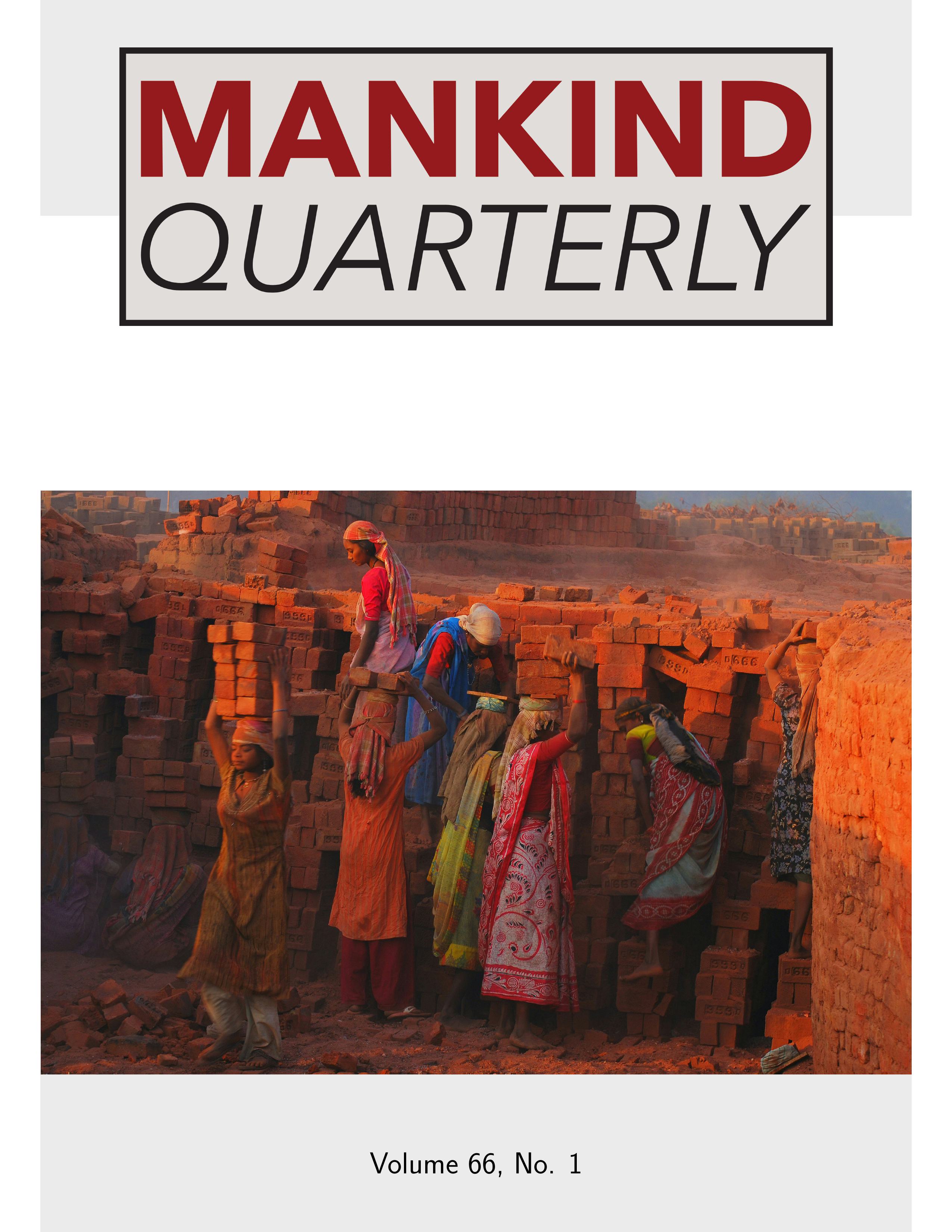Home > Archive > Volume 51, No. 4 > This paper
Race and Advertising: Ethnocentrism or “Real” Differences in Physical Attractiveness? Indirect Evidence from China, Malaysia, and the United States
Lee Ellis and Ping He
Published: 2011/06/01
Abstract
Implicit in the concept of ethnocentrism is the idea that people will consider members of their own race or ethnic group to be more attractive than members of other groups. If so, one would expect advertisers to take advantage of such preferences by choosing “local” models when promoting clothing fashions and other products. A contrary view is that judgments of physical attractiveness are to a substantial degree neurologically “hard-wired” and evolved similarly throughout the world. With the assumption that fashion models and manikins are considered highly attractive, the present study recorded the race of models and manikins publically displayed in city malls in China, Malaysia, and the United States. Caucasian (white, European) models were found to be mainly utilized in all three countries, especially in regard to clothing fashion displays. Even advertisements for cosmetics and fashion accessories were “Caucasian-biased” in China and Malaysia although less so than in the U.S. and less so than advertisements for clothing fashions. Findings call into question the relevance of ethnocentrism in determining the choice of fashion models used in advertising, and are instead consistent with other evidence of universal standards of physical beauty that advertisers rely on to help promote their products.
Download PDF
